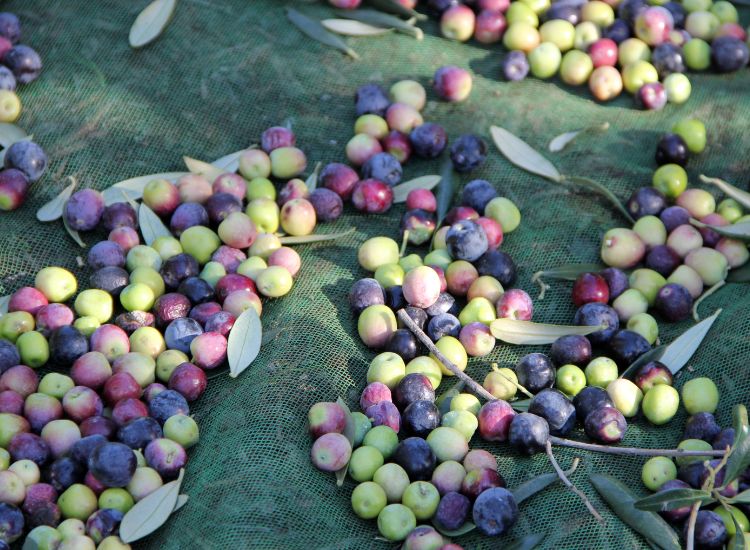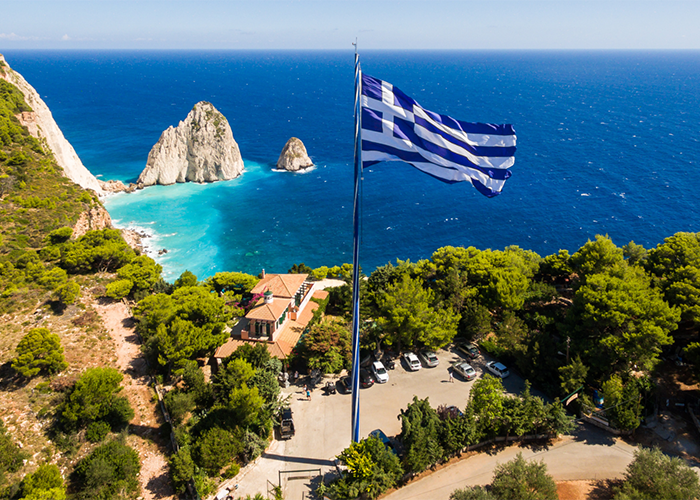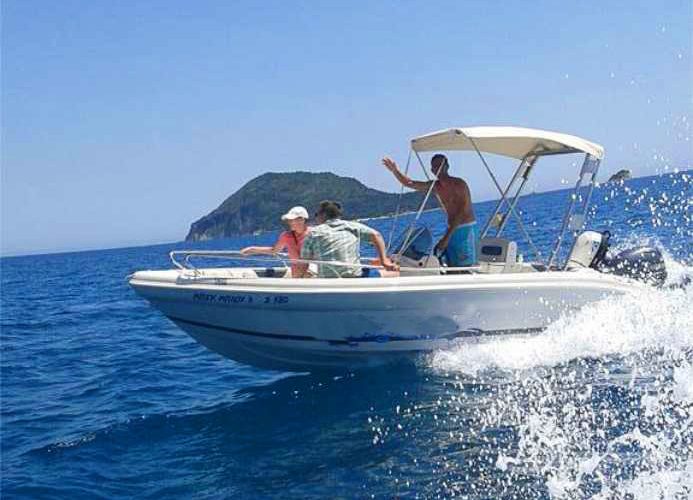0
- HOMEPAGE
- OVER ONS
- CRUISES
- Rondleidingen & Activiteiten
- SCHIPBREUK LAND & ZEE
- JEEP SAFARI
- SEMI-PRIVE TOUR & CRUISE
- ZAKYNTHOS TOUR PER BUS
- KEFALONIA TOUR PER BUS
- OLYMPIA TOUR PER BUS
- BEKIJK ALLE TOURS
- GRIEKSE AVOND VOOR KLEINE GROEPEN
- SCHEEPSWRAK SNAP ZONSONDERGANG FOTO
- PAARDRIJDEN
- DUIKEN
- WATERDORP
- WATER SPORTEN
- KAJAKKEN
- VIBOOTTOCHT
- BEKIJK ALLE ACTIVITEITEN
- PRIVECRUISES
- PROGRAMMA CRUISE
- PRIVE TRANSFERS
- HUUR EEN AUTO
- CONTACT


